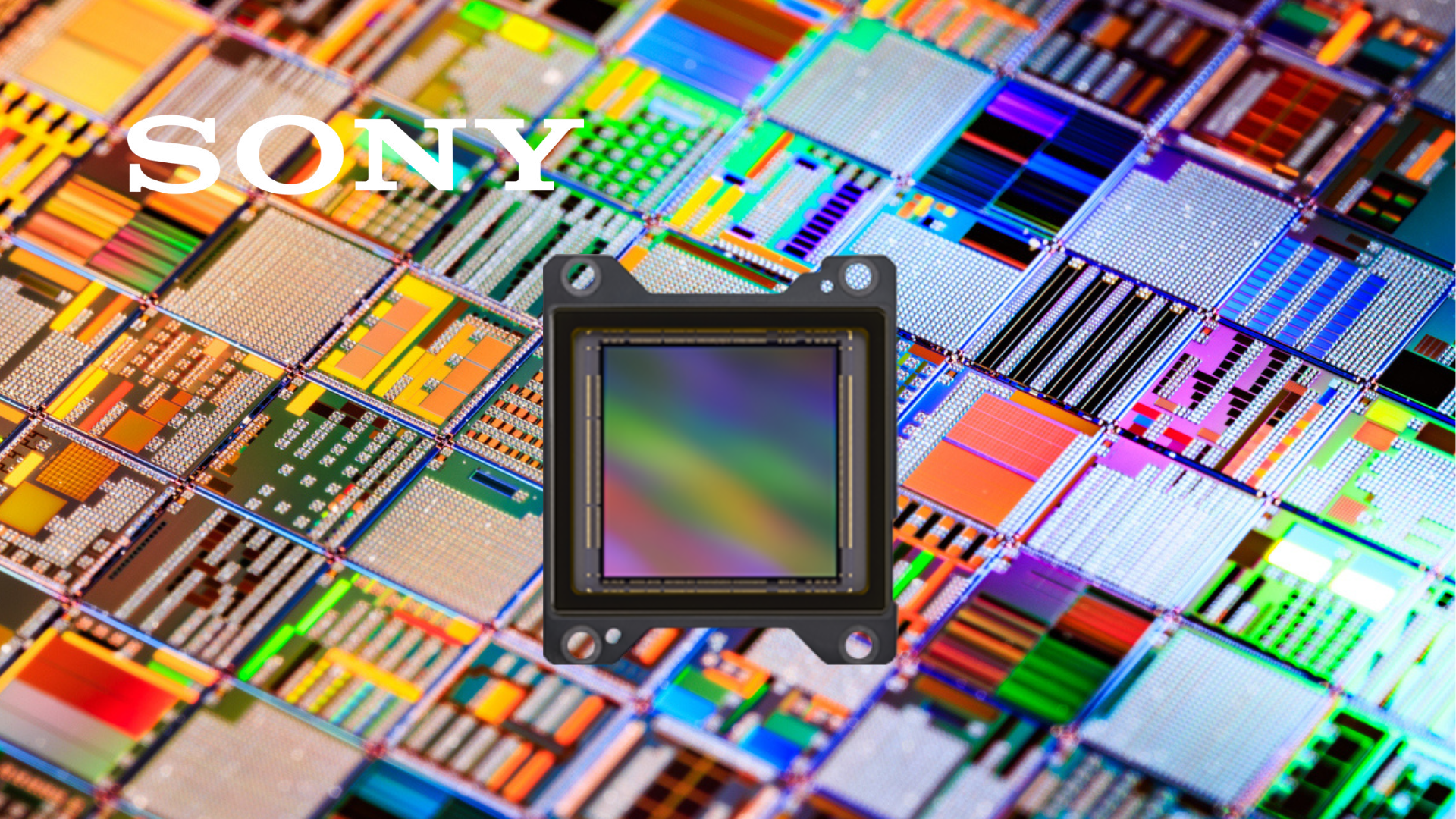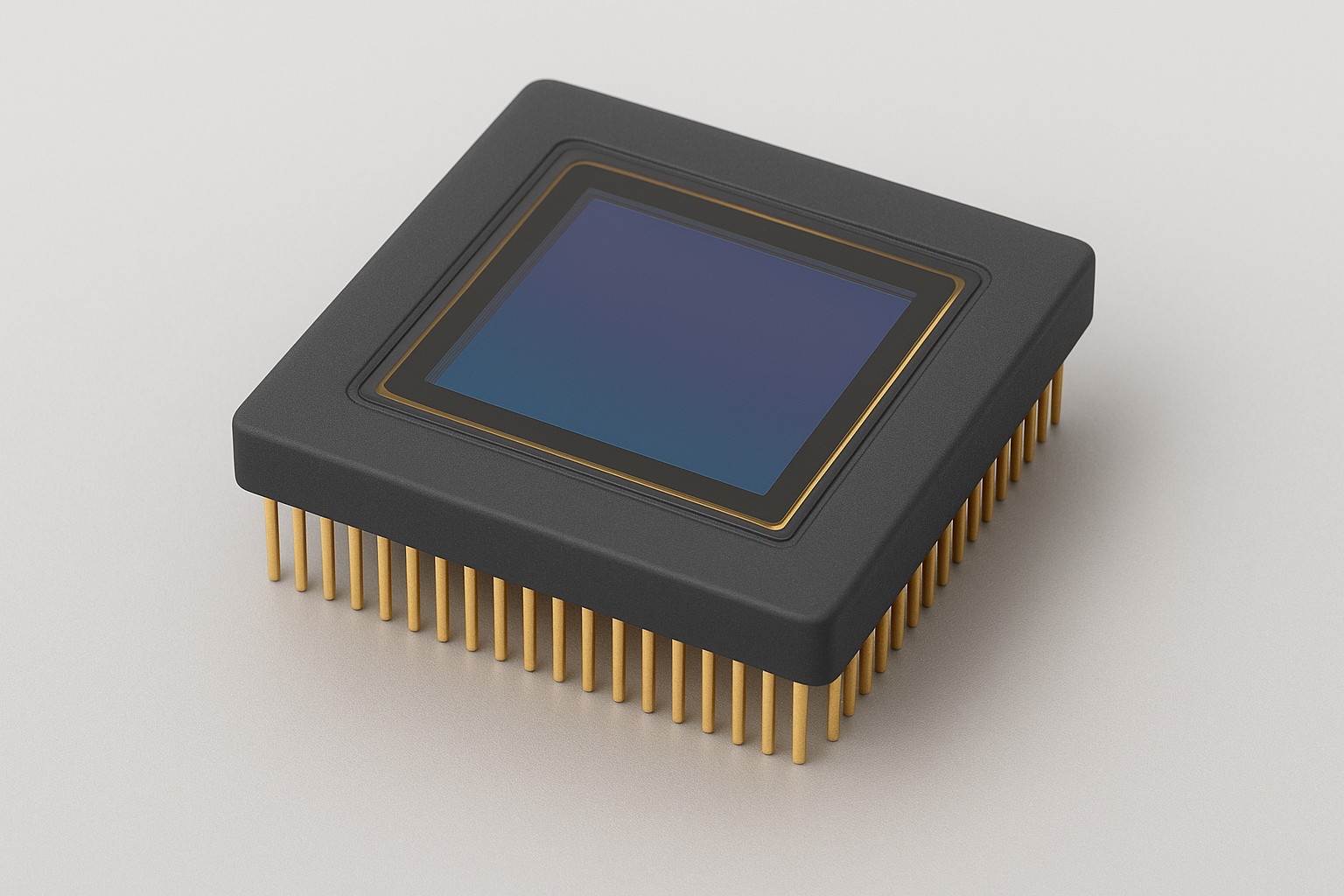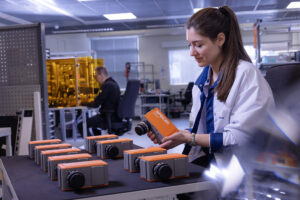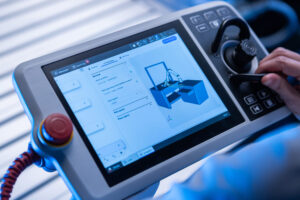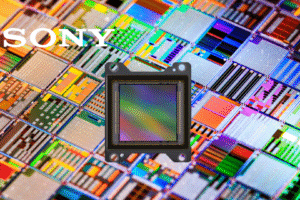OMNIVISION, a global developer of semiconductor solutions, has announced a pixel technology breakthrough in the world’s smallest 0.56-µm pixel.
With a pixel size now smaller than the wavelength of red light, OMNIVISION’s R&D team has validated that pixel shrink is no longer limited by the wavelength of light. The 0.56 µm pixel design is enabled by a CMOS image sensor (CIS)-dedicated 28 nm process node and 22 nm logic process node at TSMC, with a new pixel transistor layout and 2×4 shared pixel architecture. The pixel is based on OMNIVISION’s PureCel®Plus-S stacking technology, and deep photodiode technology is applied to carefully embed the photodiode deeper into the silicon.
“It takes great R&D innovation to advance pixel technology, especially at this level where we are going beyond the wavelength of light”, said Lindsay Grant, Senior Vice President of Process Engineering at OMNIVISION. “We have not compromised high performance with the smaller die size. In fact, we have demonstrated comparable QPD and QE performance to our 0.61 µm pixel in the visible light range. OMNIVISION invests heavily in R&D and almost 50 per cent of our employees comprise R&D engineers”.
“As a global fabless semiconductor provider, we also work closely with our foundry partners, such as TSMC, to develop new process technology approaches that enable industry-leading innovation like this. This is a remarkable achievement, and I applaud our talented R&D team and our foundry partner for their ability to continuously lead the pixel shrink race”.
These advanced technologies have enabled OMNIVISION to develop the smallest pixel, allowing for higher resolutions in the same optical format, and further enabling the image sensor to have more ISP functions, lower power consumption and faster readout speed. This ultra-small pixel technology is expected to address the increasing demand for high-resolution and small pixel pitch image sensors for multi-camera mobile devices.
“We are pleased with the results of our deep collaboration with OMNIVISION in delivery of the world’s smallest 0.56-µm pixel using our industry-leading CIS technology”, said Sajiv Dalal, Executive Vice President of Business Management, TSMC North America.
“TSMC strives to advance semiconductor manufacturing technologies and services to enable the most advanced, state-of-the-art CIS designs. We look forward to our continued partnership with OMNIVISION to help them achieve high performance, superior resolution, and low power consumption goals and accelerate innovation for their differentiated products”.
The first 0.56 µm pixel die will be implemented in 200MP image sensors for smartphones in Q2 2022, with samples targeted for Q3. The pixel will be available to buy in new smartphones in early 2023.
You can find more information about OMNIVISION and the development of the world’s smallest pixel on its website.
Stay up to date with the most recent automation, computer vision, machine vision and robotics news on Automate Pro Europe, CVPro, MVPro and RBPro.




